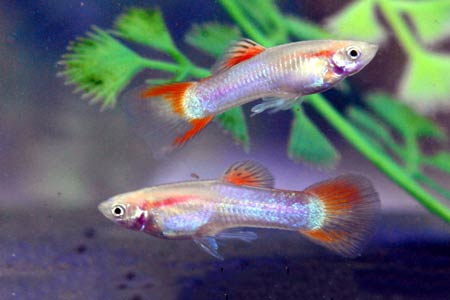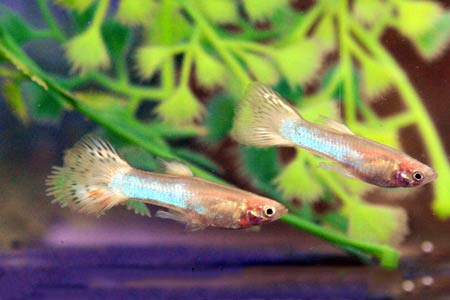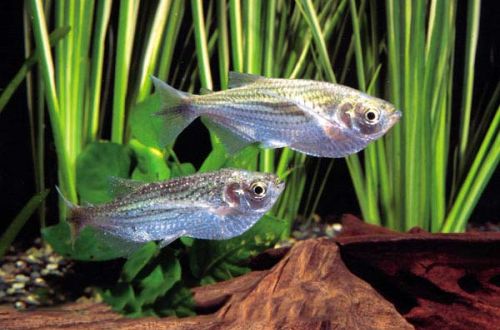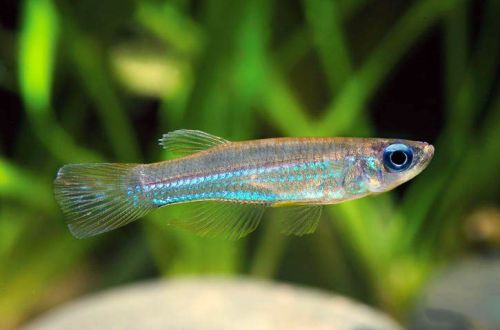
Guppy neon
Neon guppies or Neon guppies, scientific name Poecilia reticulata (a variety of Neon), belong to the Poeciliidae family. In English-speaking countries, the name Metal guppies (Guppy metallic) is also used.

A key feature of this variety is the presence in the body of fish of iridophore cells – one of the types of chromatophores. The cells produce a special pigment that diffracts the incident light, causing iridescent neon or metallic hues to appear. In this case, the coloring can be the most diverse (blue / blue, red, green, etc.) and combine various patterns.
Brief information:
- The volume of the aquarium – from 40 liters.
- Temperature – 17-28°C
- Value pH — 7.0–8.5
- Water hardness – soft to high (10-30 dGH)
- Substrate type – any
- Lighting – moderate or bright
- Brackish water is permissible in a concentration of up to 15 g per 1 liter
- Water movement – light or moderate
- The size of the fish is 3–6 cm.
- Food – any food
- Temperament – peaceful
- Content alone, in pairs or in a group
Maintenance and care
Guppies neon are the result of a long artificial selection and do not occur in nature. Despite this, they inherited amazing endurance and unpretentiousness from their wild relatives.


A small number of fish are able to live in small tanks, called nano-aquaria, equipped with a minimum set of equipment. High water quality is ensured by the smooth operation of the filter and regular maintenance of the aquarium. The latter refers to the weekly replacement of part of the water with fresh water and the removal of accumulated organic waste (feed residues, excrement).
The design welcomes the presence of thickets of small-leaved plants or other decorative elements that can serve as shelter for fry. Due to underdeveloped parental instincts in Guppies, juveniles become vulnerable to predation by adult fish, and therefore need protection. Otherwise, the design is arbitrary and is selected at the discretion of the aquarist.
Food. They belong to omnivorous species, they are happy to accept most popular feeds in dry, frozen and live form. The main thing is that the food particles have the right size.
behavior and compatibility. They have a friendly, peaceful disposition and will make good neighbors for many tropical fish of comparable size and temperament. More information about compatible species is described in a separate article.





